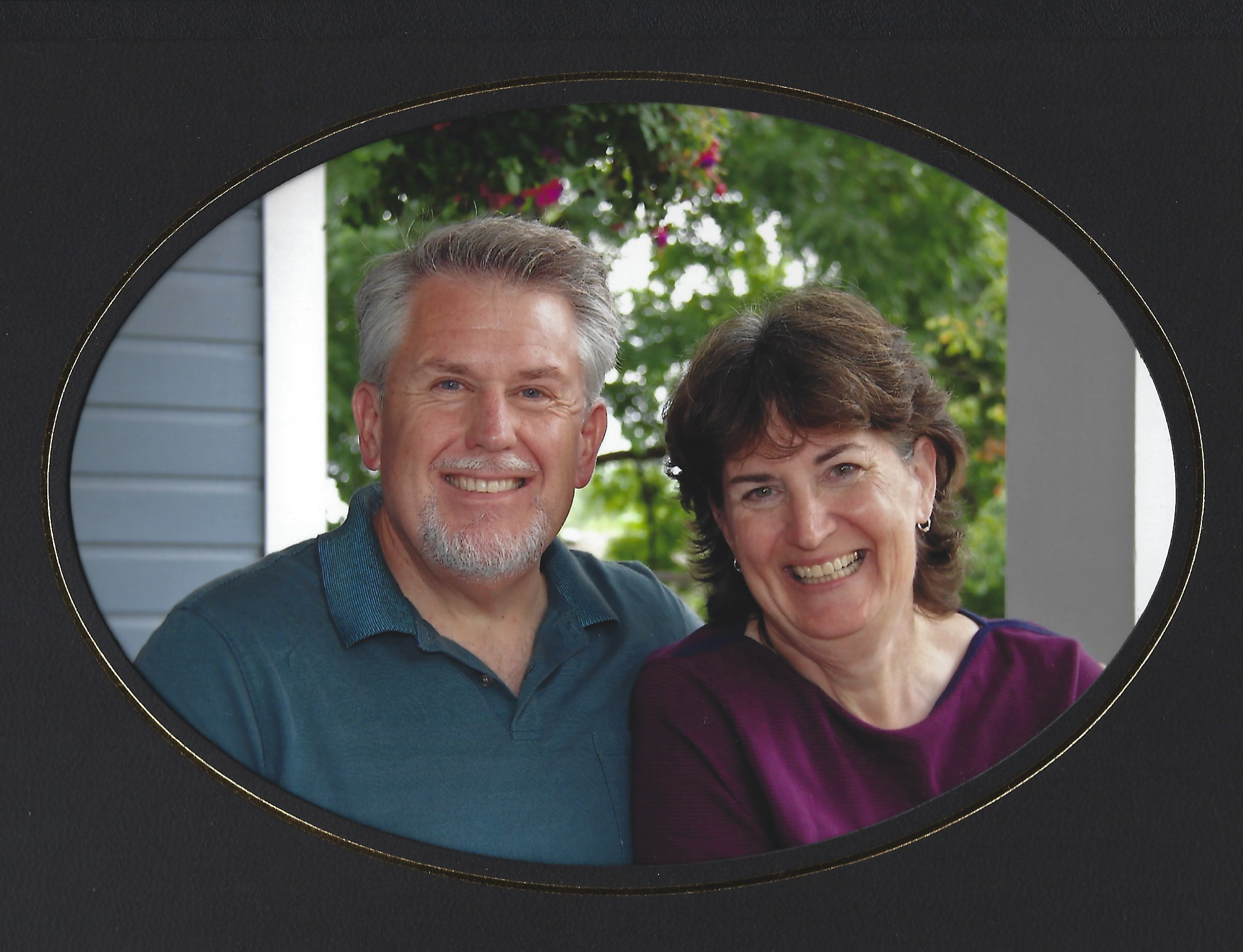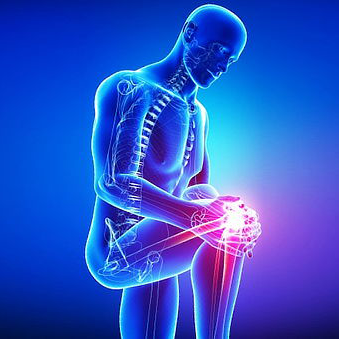Typical symptoms of Knee Bursitis include:
- Swelling
- Stiffness
- Achiness
- Pain with pressure (it hurts more when you press on it)
- Redness
- Puffiness
- Warmth
- Tenderness
- Discomfort while the knee is in use or at rest
TYPES OF KNEE BURSITIS:
Prepatellar and infrapatellar bursitis — The prepatellar bursa is located in front of the patella (kneecap), the infrapatellar bursa is below this. Bursitis in these areas can result from recurrent injury to the knee and is often seen in people who frequently kneel. Prepatellar bursitis has been referred to as “housemaid’s knee” or “nun’s knee.” It can also happen as a result of infection, gout, or rheumatoid arthritis. Swelling occurs within the bursa, not in the knee joint itself. People with prepatellar and infrapatellar bursitis usually feel more comfortable lying down with the knee extended, while people with swelling within the true knee joint tend to feel better lying down with the knee partially bent.
MCL bursitis — The medial collateral ligament (MCL) is located on the inner side of the knee, and connects the femur (thigh bone) to the tibia (shin bone). Bursitis in this area can cause pain and tenderness, but doesn’t usually involve swelling. It must be differentiated from an injury or tear to the MCL or meniscus (the cartilage in the knee).
Pes anserinus pain syndrome — The pes anserine bursa is located about two inches below the top of the tibia (shin bone), on the inner side of the knee. Because the primary problem may be more an irritation of the tendons in the area, the term “pes anserinus pain syndrome” has replaced the former term of “pes anserine bursitis.” This syndrome causes pain on the inner side of the knee, which tends to come on abruptly, often during the night. It is more common in people with osteoarthritis of the knee, obesity, and/or genu valgum (a condition in which the knees point inward, also called knock-knee deformity).

